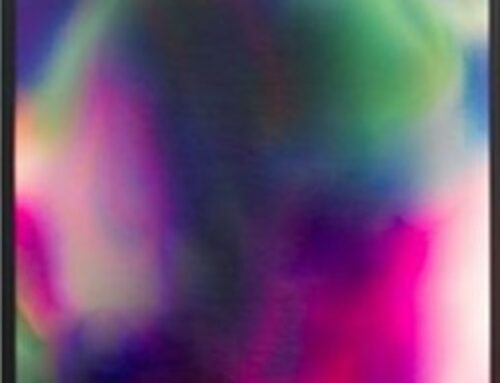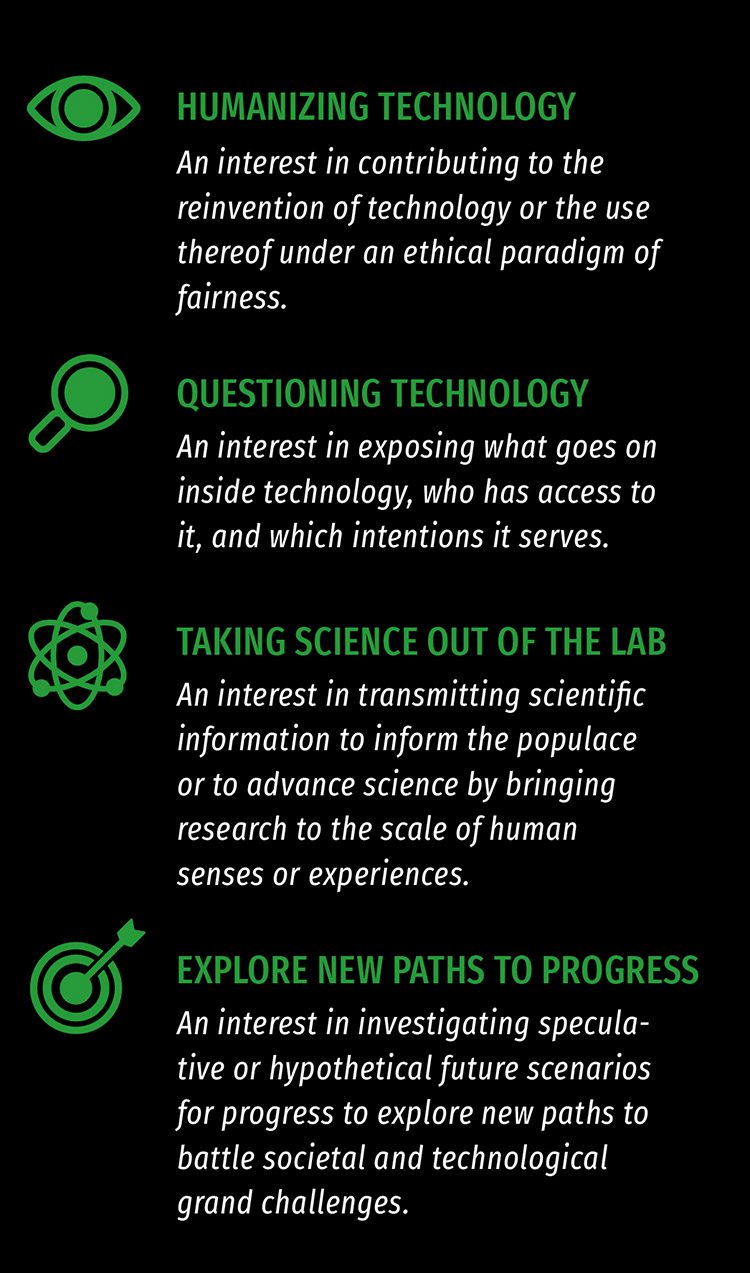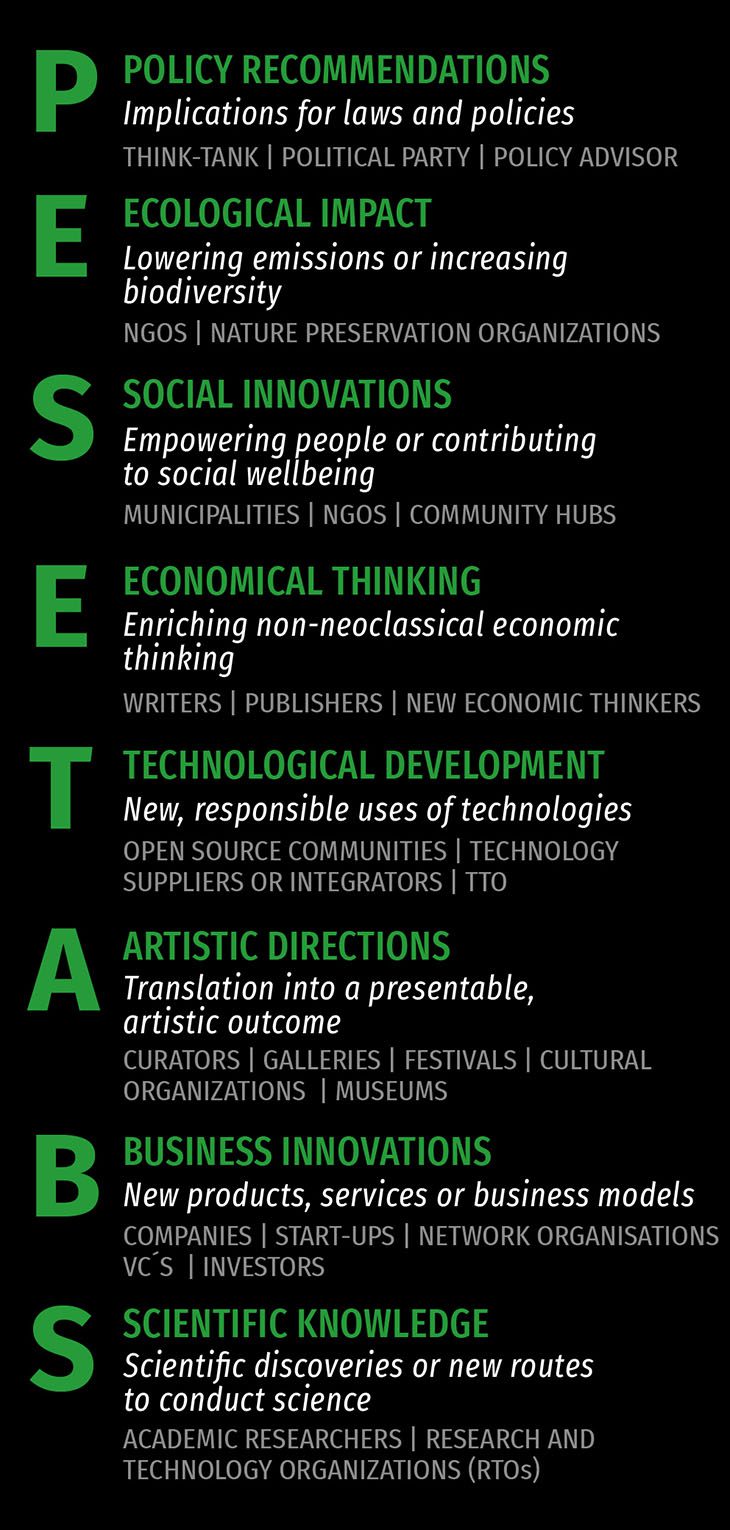We are thrilled to welcome a work from the Hyper Rhizome series into the In4Art Collection. Over the past years, we have been following the work of Diana Scherer and how she created a way to ‘weave’ plant roots by researching Rootbound Domestication for nearly a decade. This results in natural ‘woven tapestries’ of roots which have grown into the templates that were inserted in the soil before seeding. Diana examines the boundaries between plant culture and nature and investigates the behavior of plants. She nudges the roots to grow in a desired pattern and thereby shows how plant communication comes into being in a natural, delicate way.
We selected a work that shows three different patterns, showing the complexity and potential of plant root weaving. It is a work of 65x117cm and can both be seen horizontal as vertical. It is nicely framed for protection, placed on the wall it makes one think of the tapestry art of medieval times, but also of our connection with nature and future possibilities to create symbiotic ways of human-nature collaboration. The work was previously part of the exhibition Nature Morte/ Nature Vivante at the CID – centre for innovation and design at Grand-Hornu.
To what extent can we domesticate plants? Ever since the agricultural revolution (10.000 BC), humans have started to master the plants above the soil. But what happened under the surface with the plants remained unexplored territory. What if we start to intervene in the soil? Diana Scherer is exploring new paths to progress and her work gives us a speculative future scenario to create new materials and new possibilities for responsible, art-driven innovation.
In this video she explains her work:
Art-Driven Innovation
From our Art-Driven Innovation perspective, we are triggered by the concept of plant root weaving, and this led to the idea of ‘Second Harvest’. The work of Diana Scherer values the roots of crops and shows what is possible. All plants have roots but currently, these high fiber resources aren’t used. At the same time, it is possible to ‘domesticate roots’ – letting them grow in grids and structures, so that they can grow into (raw) materials with several interesting qualities including sound- and heat isolation and CO2 storage. Furthermore, the roots grow anyway, to make the plant proper, hence, the roots are a by-product that do not require extra energy – making it an energy efficient material. Researching the feasibility of this route could result in innovations in at least two domains: product innovations by bringing root systems into products like isolation tapestries/ plant root carpets and business model innovations for farmers by adding value through an additional harvest cycle compared to their current harvesting cycle processes. Hence, enabling a Second Harvest.
Here you can find the ADI report card for Hyper Rhizome. The report cards are used to facilitate the Art-Driven Innovation process.









